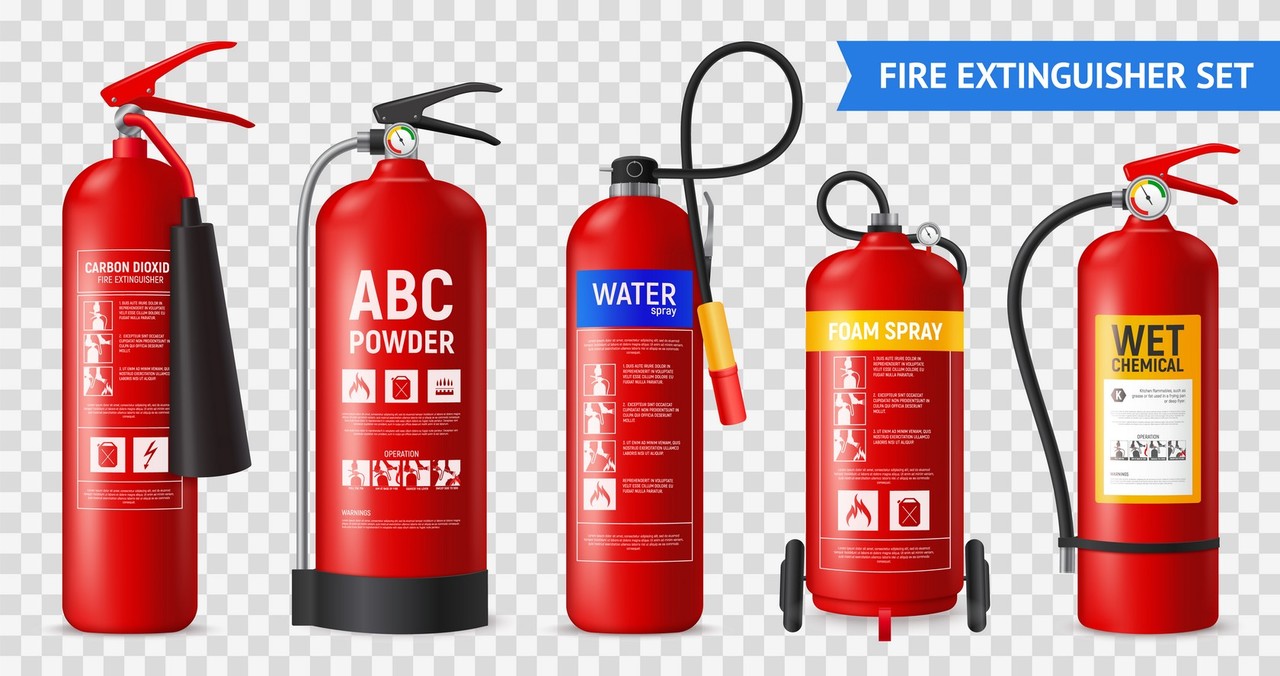40. Fire safety
Inflammable substances
Substances that catch fire easily are called inflammable substances.
Benzine is a liquid that is used as a fuel in many vehicles. It is also used as a fuel for lawn mowers. Benzine is highly explosive and it transforms into a gaseous form very easily.
This is why benzine should never be used as a fuel for fires, and why no flames should be lighted near gas stations.
Alcohol is used as a fuel in many kinds of stoves and heaters. When hot, it can become extremely inflammable. This is why travel stoves should be left to burn completely before adding more fuel. Alcohols are also toxic substances.
Liquid gases, such as butane, are also extremely inflammable. They are used in travel stoves, refrigerators and burners. If the gas spreads into the environment, it can explode at the smallest spark of fire.
Pressurized bottles, such as hairspray containers, are also highly inflammable.

Liquid gases are used in candle lighters. They are extremely inflammable, and should be handled carefully.
Fire alarms and extinguishers
A fire alarm monitors the air around it. When a fire occurs, it detects smoke from the air and warns of a fire. This usually gives you enough time to escape the burning building. However, if the battery of the alarm has died out, it will be of no use. This is why the battery of a fire alarm should be replaced at least once a year.
Carbon monoxide alarms are useful additional alarms in households with fireplaces or wood stoves. Like a normal fire alarm, it monitors the air around it. If it detects a harmful concentration of carbon monoxide in the air, it sends out an alarm. Carbon monoxide is a toxic, invisible gas that is produced in incomplete combustion reactions.

A fire alarm (left) and a carbon monoxide alarm (right).
Most small fires can be extinguished with water. A water bucket or a water hose are good ways of putting out small fires. The water cools down the combustion reaction and reduces the amount of oxygen available for it.
Liquid and gas fires must always be extinguished with specialized fire extinguishers. Fire extinguishers put out the fire by covering it with a non-flammable powder or foam.

A fire extinguisher is necessary when putting out a liquid or gas fire.
Fires in the kitchen should never be put out with water. Especially hot oil can react explosively if water is poured on it. Kitchen fires should be put out by suffocating them. A fire blanket or a mat can be used to cover the fire. This reduces the amount of oxygen available to it.
A carbon dioxide extinguisher can be used to put out all kinds of fires, especially electrical fires. The extinguisher shoots cold carbon dioxide that cools down the fire and reduces the amount of oxygen available to it. Because carbon dioxide is harmful for humans, carbon dioxide extinguishers should never be used in small, closed spaces, such as basements.

A fire blanket and a fire extinguisher.